I used roofline model for analysis of code optimization.
But I found the point with green color is out of the area of boundary of bandwidth.The program can run without problem.
I don't understand why the green point is not in the area of red region.
The machine is a virtual linux machine with 2 cores,my local physical machine has 4 cores.The analysis tool is intel advisor.




